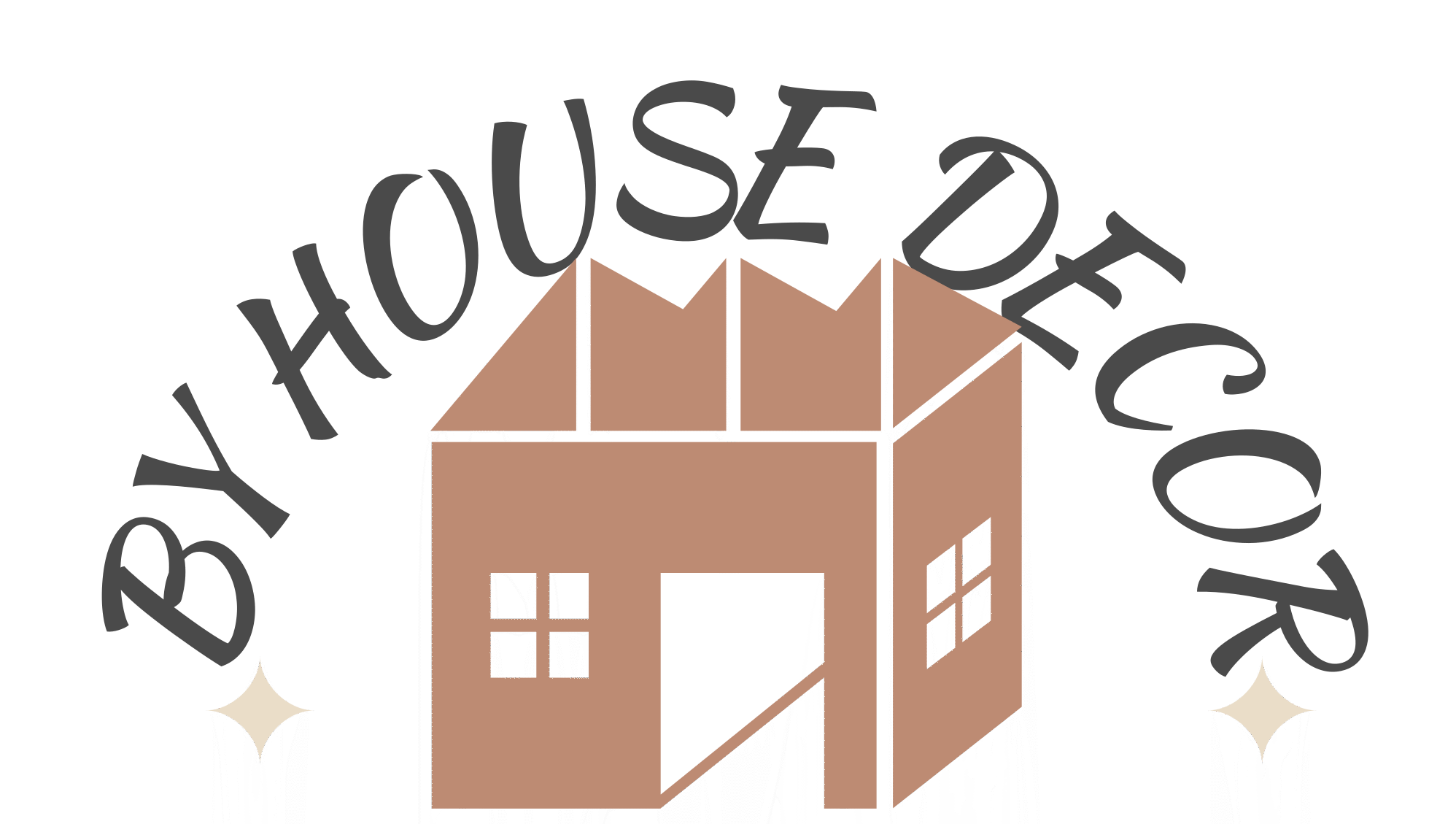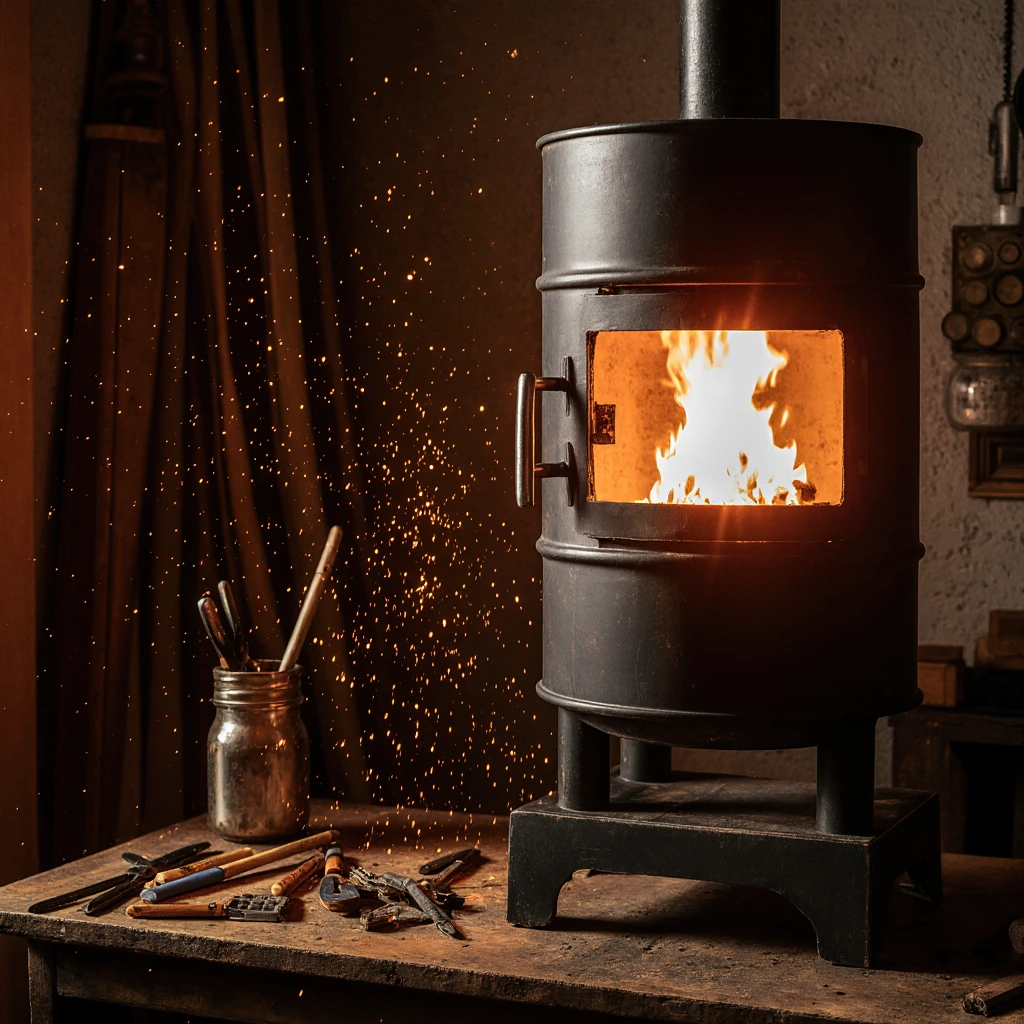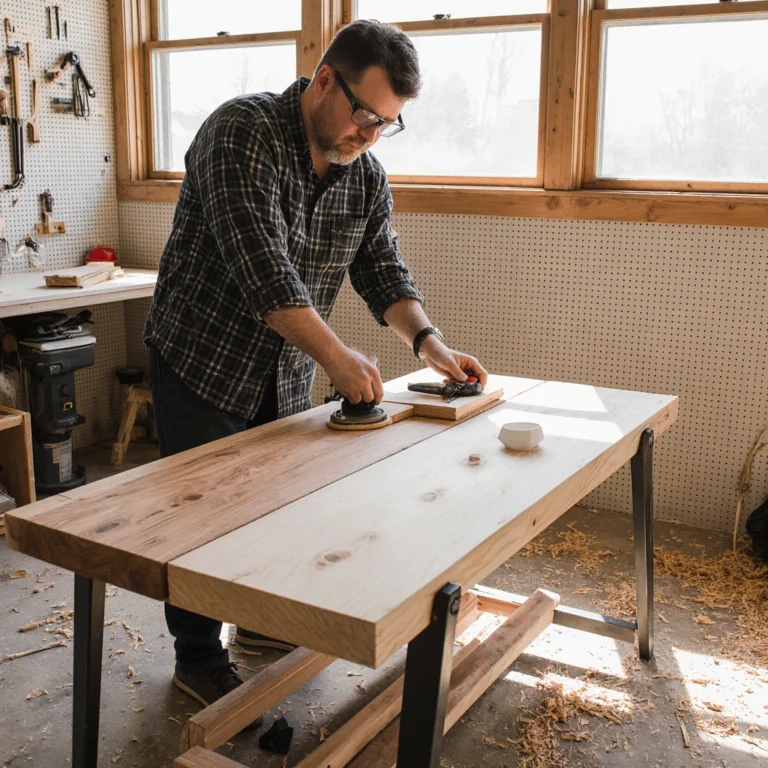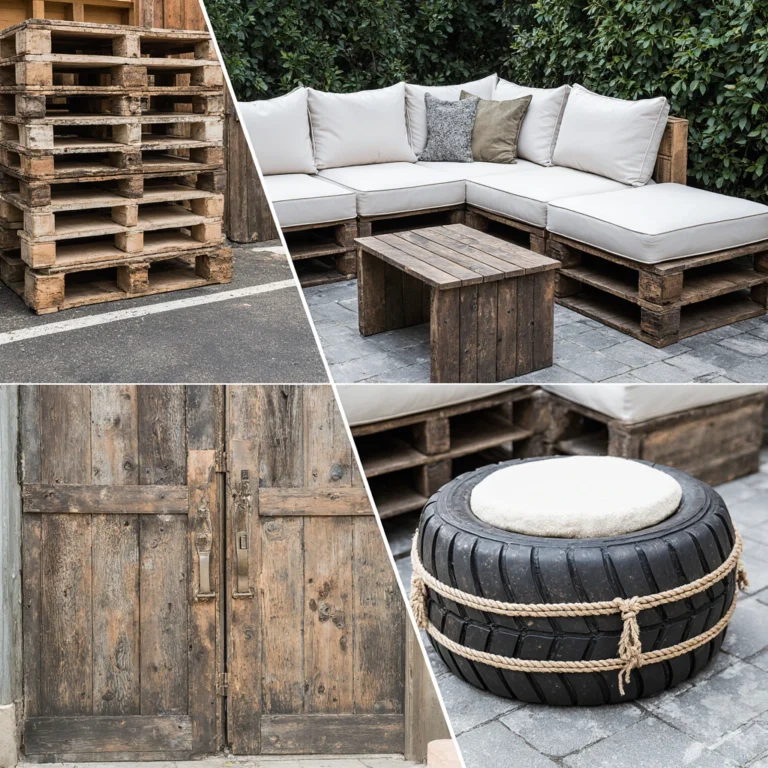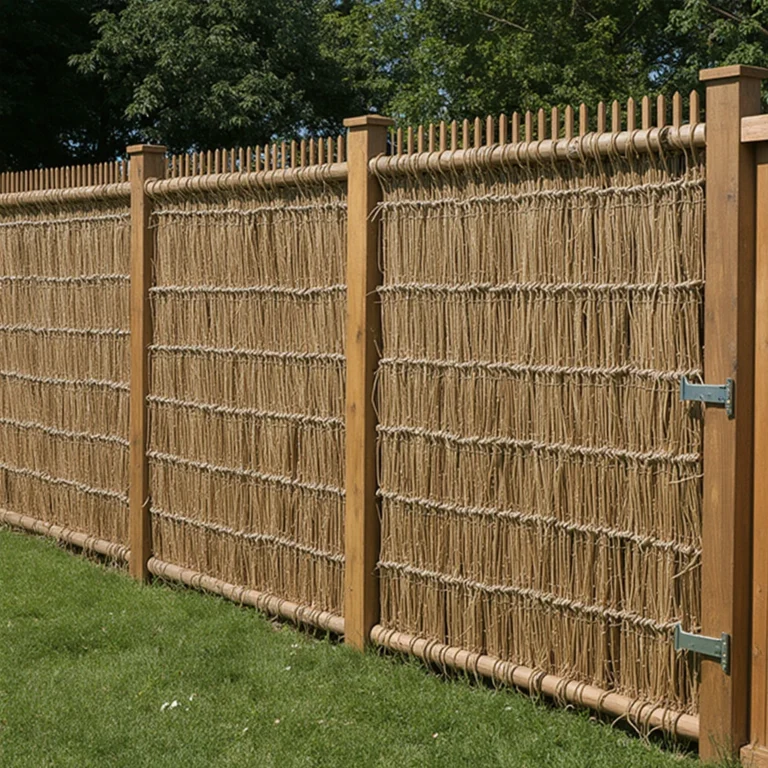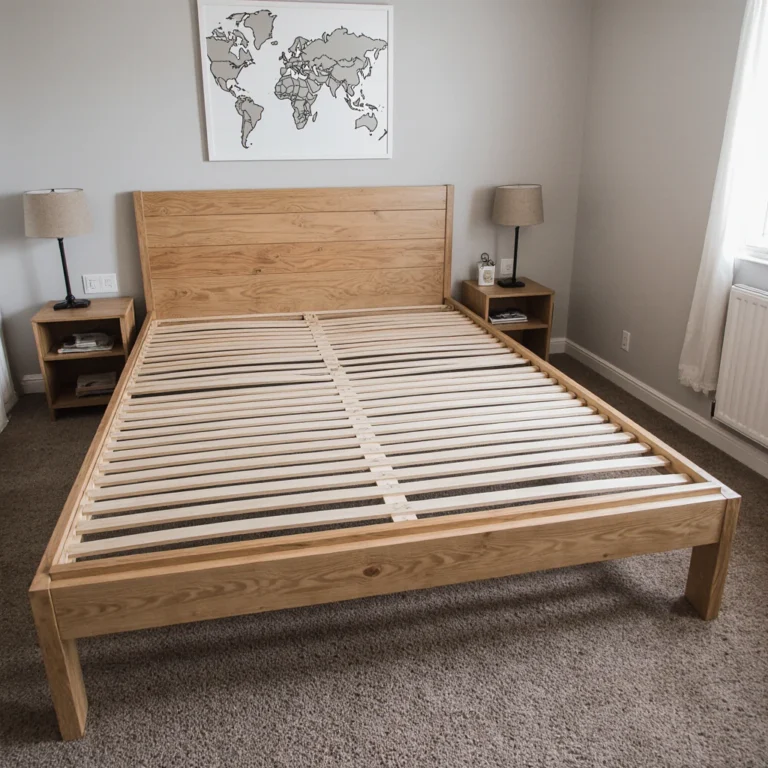Build Your Own DIY Wood Burning Stove: A Complete Guide to Affordable Home Heating
Table of Contents
Building a DIY Wood Burning Stove revolutionizes your home heating experience, saving hundreds of dollars on energy bills. Building a woodstove heating system doesn’t just provide economical warmth; it also creates a practical centerpiece that combines practicality with rustic appeal. Whether you want to heat a workshop or cabin, or complement your home’s heating system, a DIY woodstove offers a highly rewarding home project that delivers immediate satisfaction and long-term value.
With today’s rising heating costs, more homeowners are turning to alternative heating solutions. A well-crafted, homemade woodstove can reduce heating costs by up to 70%, while providing that cozy, authentic warmth that electric heaters can’t match. Plus, there’s a deep sense of satisfaction in heating your space with a DIY heating system.
Understanding the Basics of Building a DIY Wood Burning Stove
What Makes a Great DIY Wood Stove?
A successful homewood stove project requires an understanding of the basic principles of combustion, heat transfer, and safety. The best home stoves combine fuel efficiency and maximum heat output while maintaining safe operating standards.
Key components include a firebox to contain combustion, adequate ventilation to ensure proper airflow, and a chimney system to safely exhaust smoke. The materials you choose will greatly impact the performance and longevity of your homewood stove project.
Safety Considerations Before You Begin
Before you begin building any wood stove, safety should be your top priority. Local building codes often regulate wood-burning appliances, so consult your local fire department or building inspector. Proper clearances from flammable materials, adequate ventilation, and fire-resistant fittings are essential components.
Never compromise on safety features such as proper flue systems, heat shields, and fire-resistant flooring. A poorly designed wood stove can pose serious fire hazards and carbon monoxide emissions.
Simple Home Wood Stove Projects
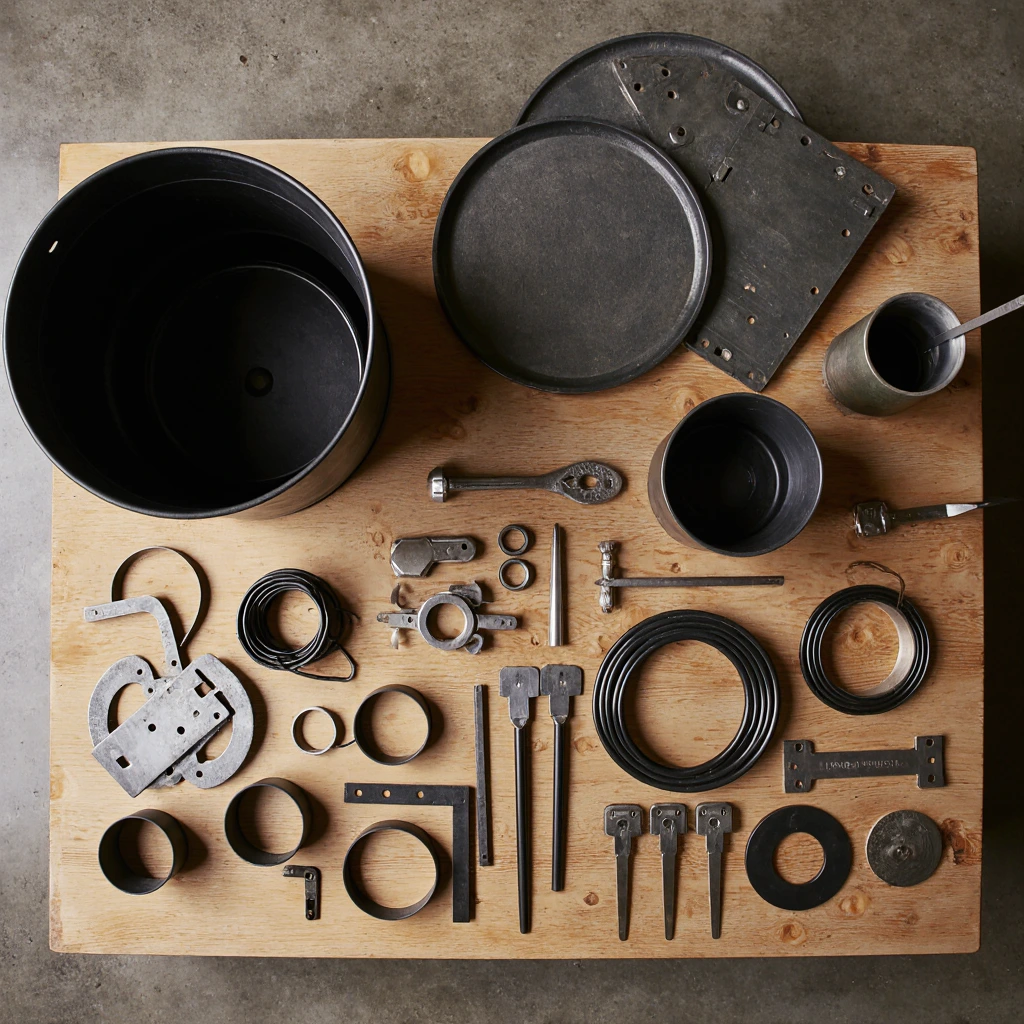
Project 1: Classic Steel Drum Stove
Materials Needed:
- 55-gallon steel drum (preferably food-grade)
- 6-inch stove tube and fittings
- Steel plate for the door frame
- Hinges and door handle
- High-temperature stove paint
- Steel legs or mounting brackets
Step-by-Step Installation:
Step 1: Clean the drum thoroughly and remove any residue. Make sure it is completely dry before proceeding.
Step 2: Cut the door opening approximately 8 inches wide and 6 inches high, about 4 inches from the bottom. Use a reciprocating saw or plasma cutter to clean the edges.
Step 3: Make the door frame by welding a steel plate edge around the opening. This provides a good seal and a professional appearance.
Step 4: Install hinges on one side and add a secure locking mechanism. The door must close tightly to control airflow.
Step 5: Cut a 6-inch diameter hole near the top rear of the cylinder for the flue connection. Secure it to ensure proper airflow.
Step 6: Weld on legs or mounting brackets to raise the stove at least 6 inches off the ground for safety and airflow.
Step 7: Use a high-temperature paint designed for wood stoves to prevent rust and provide a sleek finish.
Project 2: Efficient Double-Walled Rocket Stove
This advanced DIY wood-burning stove design provides superior efficiency through a unique combustion chamber design.
Materials Required:
- Large steel container or tank
- Smaller steel pipe for the combustion chamber
- Insulation (perlite or vermiculite)
- Steel mesh for the fuel rack
- Thermometer for monitoring
Manufacturing Process:
Step 1: Construct the outer shell using a large steel tank or welded steel panels.
Step 2: Assemble the inner combustion chamber using a smaller diameter steel pipe, forming an L-shaped combustion tunnel.
Step 3: Fill the space between the walls with insulation to increase heat retention.
Step 4: Add a fuel loading door and air inlet controls for precise combustion management.
Step 5: Install a temperature monitor to improve performance and ensure safe operation.
Project 3: Portable Workshop Heater
Ideal for heating garages, workshops, and outdoor spaces, this small home wood stove project focuses on portability and rapid heating.
Key Features:
- Lightweight steel frame
- Removable legs for portability
- Large fuel door for easy loading
- Efficient combustion chamber design
Essential Materials and Tools for Building Your Own Wood Stoves
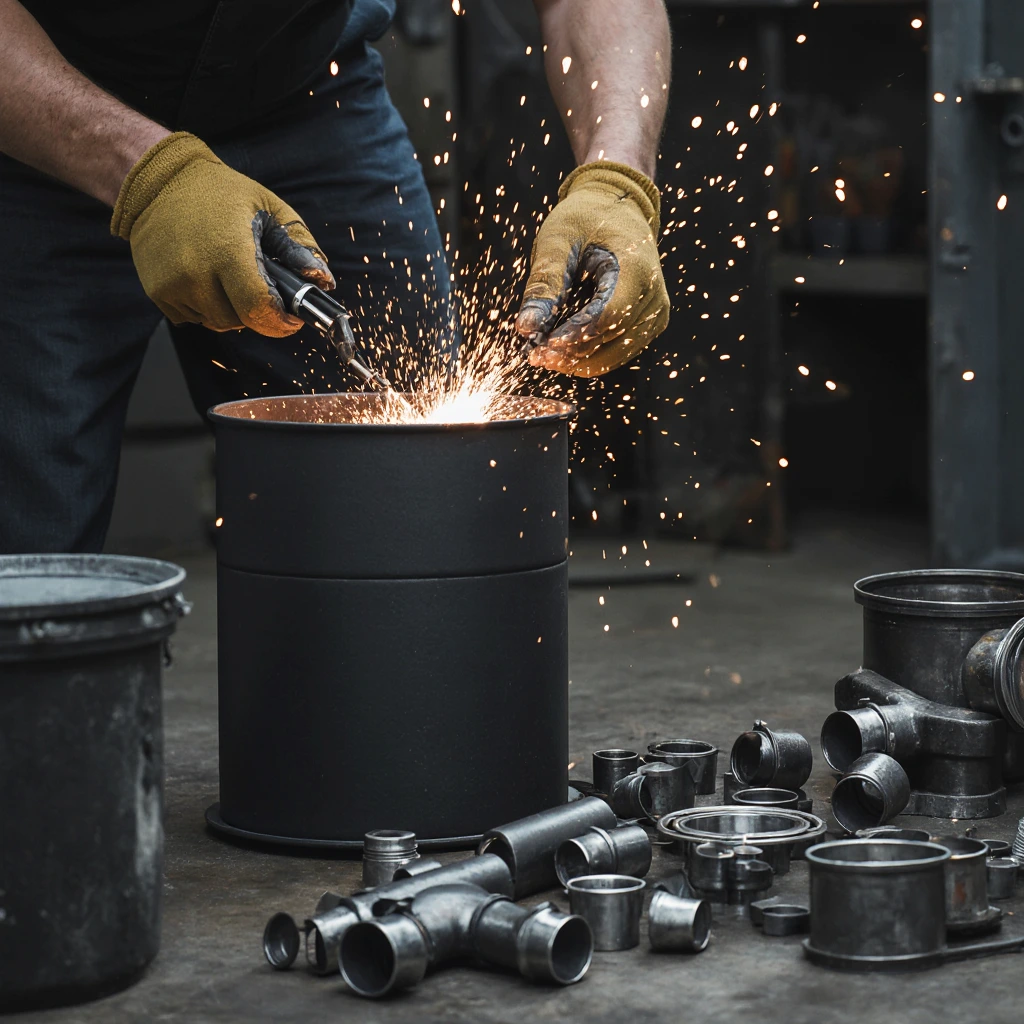
Choosing the Right Steel
The key to the success of any homemade wood stove lies in choosing the right materials. Quarter-inch-thick ductile steel provides excellent durability and heat retention. Avoid galvanized steel, as it releases toxic fumes when heated.
For budget-conscious builders, recycled materials, such as old propane tanks, steel drums, or thick-walled pipes, can be ideal when properly cleaned and reconditioned.
Basic Tools
Cutting Tools:
- Reciprocating Saw with Metal Cutting Blades
- Angle Grinder with Cut-Off Discs
- Plasma Cutter (if equipped)
Welding Equipment:
- MIG Welder or Welding Rod
- Welding Helmet and Protective Gear
- Metal Cleaning Brushes
Measuring and Marking:
- Steel Ruler and Square
- Center Drill for Marking
- Calipers for Accurate Measurements
Tools and Accessories
High-quality tools are what separate a functional fireplace from a professional heating system. Invest in proper door latches, hinges designed to withstand high temperatures, and high-quality stove pipe fittings.
Don’t forget essential accessories like ash pans, fire bricks for lining the firebox, and proper chimney components for safe installation.
Recycling and Upgrading Ideas for Wood Stove Projects
Repurposing Old Appliances
Old washing machine drums, water heater tanks, and large steel containers can be excellent starting points for a home wood stove project. These items often have the ideal size and steel thickness needed to retain heat effectively.
Creative Material Sources
Visit local junkyards, appliance repair shops, and industrial facilities for potential materials. Many companies dispose of steel scraps that could be ideal components for a home wood stove project.
Cost-Saving Fabrication Tips
Consider purchasing materials during periods of low steel prices, when steel prices typically drop. Building relationships with local metal fabricators can also allow you to obtain residual steel at discounted prices.
Seasonal and Thematic Home Modifications for Wood Stoves

Winter Improvement Features
Improve your wood stove project with winter-specific modifications, such as heat shields to direct heat more effectively, and thermal mass additions using firebricks or steel panels to extend heat output.
Multi-Season Functionality
Design your stove with removable components that allow for different seasonal uses. Consider adding cooking surfaces for outdoor use during the warmer months.
Decorative Elements
Add artistic elements such as custom metalwork, decorative door designs, or unique pipe configurations that complement the aesthetics of your space while maintaining its functionality.
Common Mistakes in Home Wood Stoves and How to Avoid Them
Inadequate Ventilation Planning
The most serious mistake in home wood stoves is not paying enough attention to proper ventilation. Always increase the capacity of the chimney rather than reducing it. A chimney that is too small results in poor draft, leading to smoke problems and the potential for carbon monoxide emissions. ### Poor Material Choices
Using inappropriate materials, such as thin steel, galvanized metal, or recycled containers that previously held chemicals, can pose serious health and safety risks. Always check material safety and thickness requirements.
Ignoring Local Codes
Many areas have regulations specific to wood-burning appliances. Failure to review local building codes can result in fines, insurance issues, or forced removal of the heating system.
Inadequate Thermal Protection
Understanding clearance requirements from combustible materials is a common oversight. Install proper thermal protection and maintain proper distances from walls, furniture, and other combustible materials.
Ignoring Professional Inspection
Even DIY projects benefit from a professional evaluation. Have a qualified technician inspect your installation before regular use to ensure compliance with safety standards.
Installation and Safety Guidelines
Proper Chimney Installation
A DIY wood-burning stove is only as safe as its chimney system. Use a double-walled stovepipe that passes through flammable areas and maintain adequate distances throughout the installation period.
Fire Safety Procedures
Install smoke and carbon monoxide detectors in areas where the wood stove is operating. Keep fire extinguishers nearby, and ensure all family members understand emergency procedures.
Maintenance Requirements
Routine cleaning and inspection are essential for safe operation. Clean chimneys annually, inspect stove components for wear, and replace gaskets and seals as needed.
Maximizing Efficiency and Performance
Ideal Combustion Techniques
Maximizing the efficiency of your DIY wood stove project requires an understanding of proper combustion techniques. Use treated hardwood, maintain adequate airflow, and avoid overloading the firebox.
Heat Distribution Improvements
Consider adding fans or heat exchangers to more effectively distribute warm air throughout your space. Simple adjustments can significantly improve heating performance.
Fuel Selection and Storage
The type and condition of the wood you burn greatly impacts efficiency and safety. Only use treated hardwood with a moisture content below 20% for optimal performance.
Get Started: Build the Perfect Heating Solution
Ready to begin your DIY wood stove journey? Start by assessing your heating needs, reviewing local regulations, and gathering the necessary materials and tools. Remember, this project combines practical skills with creative problem-solving, resulting in a unique heating solution.
Start with simpler designs if you’re new to metalworking, and don’t hesitate to consult experienced builders or specialists when needed. A completed woodstove will provide years of reliable, cost-effective heating, while still offering the satisfaction of using something you built yourself.
Share photos of your accomplishments and experiences with fellow DIYers! Sign up for our newsletter for more budget-friendly home improvement projects and join our community of designers who transform their living spaces, one project at a time.
Best Amazon Picks :
FAQs
Q: Is it legal to build a woodstove yourself?
A: Building legality varies by location. Most areas allow do-it-yourself construction for personal use, but you must adhere to local building codes, fire regulations, and installation requirements. Always consult your local authorities before starting your project.
Q: How much money can I save when building a home woodstove?
A: A quality home-made woodstove can cost between $200 and $500 in raw materials, compared to $1,500 and $3,000 for commercial units. Additionally, wood heating can reduce annual heating costs by 50-70% compared to electric or gas heating.
Q: What is the most challenging part of building a home-made woodstove?
A: Most builders find welding and ensuring proper ventilation to be the most challenging aspects. If you don’t have welding experience, consider taking a basic welding course or working with someone who does.
Q: How long does a home-made woodstove typically last?
A: With quality materials and regular maintenance, a quality home-made woodstove can last 15 to 25 years or more. Regular cleaning, inspection, and minor repairs significantly extend its lifespan.
Q: Can I cook in a home wood stove?
A: Many home stove designs can include cooking surfaces. Adding a flat steel top or designing specific cooking zones makes a wood stove a versatile appliance for heating and cooking.
Q: What size wood stove is right for my space?
A: A general rule of thumb is 25-30 BTUs per square foot for well-insulated spaces. A typical 55-gallon drum stove produces approximately 60,000-80,000 BTUs, which is adequate for heating a 2,000-3,000 square foot space, depending on the insulation and ceiling height.
Q: Are there types of wood I shouldn’t burn in my stove?
A: Avoid burning treated wood, coated wood, compressed wood, or any wood that may contain chemicals. Also, avoid burning green (untreated) wood, which produces more creosote and less heat. Use treated hardwoods such as oak, maple, or walnut for best results.
